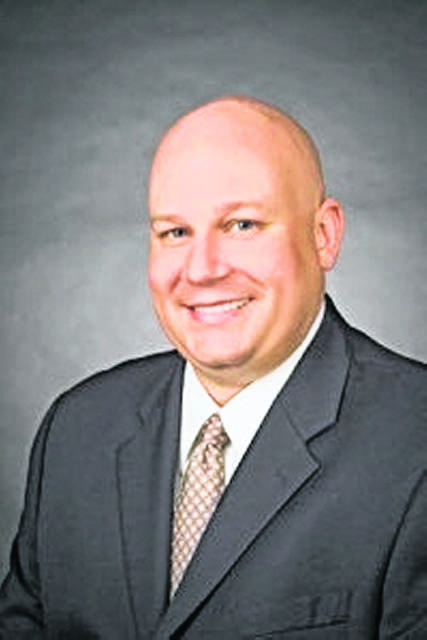Many people desire to give something to a local charity, church, school or community group after those people die. For convenience, this column refers to all of these organizations as “charities.”
The ways to give post-death gifts are numerous. People can give by naming the charity in their wills. People also can identify charities in their personal trusts, which might be revocable or irrevocable. Similarly, charitable annuities and charity-specific trusts can facilitate the transfer of money from a person’s post-death estate to a charity. Attorneys, accountants and investment advisors can navigate the “how” to give.
The mental hurdle for many people who want to give post-death gifts to charities is defining “what exactly” to give.
There are six primary thought structures to help people define what to give post-death to charities.
First, some people treat a charity as being one of their adult children. In these contexts, a couple may have three adult children. Instead of separating their post-death assets three ways, the couple would separate their assets four ways with the charity receiving the same amount that each of the three adult children receives.
Second, other people treat a charity as being one-half or one-third of one of their adult children. In the example above where a couple has three adult children, the couple might split their estate into seven equal parts with each child receiving two parts and the charity receiving one part.
Third, some folks set out a specific amount to go to charity before assets are distributed to their family members. For instance, the first $10,000 would go to a named charity with the remainder distributed to kids, grandkids, siblings, etc.
Fourth, a parent might provide that each adult child gets a sum certain with the balance going to a named charity. In this situation, a parent may provide that each adult child should net (after administrative expenses) $100,000 with the estate’s balance going to a named charity.
Fifth, some people define the gift amount by a specific project or fund-raiser. For example, someone may give up to $150,000 toward a specific charity’s expansion project, if the project is not fully paid-for by the time of the gift.
Sixth, some people use their gifts to encourage or educate their family members to be philanthropic. For instance, a person’s trust might provide that each grandchild receives $5,000 as long as that grandchild identifies a charity to receive an additional $5,000 from the person’s estate. This costs each grandchild nothing but imprints the importance of giving onto those grandchildren.
A gift and the act of giving often outvalues the identity of the charity. Many of us want to give to our faith, church and religious groups. Others want to give to political or social causes. But for people who want to avoid religion and politics altogether, there are plenty of worthy non-religious and apolitical causes that help our entire community, including but certainly not limited to the United Way, the library, Rhodes State College and the Lima Symphony.
Lee R. Schroeder is an Ohio licensed attorney at Schroeder Law LLC in Putnam County. He limits his practice to business, real estate, estate planning and agriculture issues in northwest Ohio. He can be reached at [email protected] or at 419-659-2058. This article is not intended to serve as legal advice, and specific advice should be sought from the licensed attorney of your choice based upon the specific facts and circumstances that you face.







